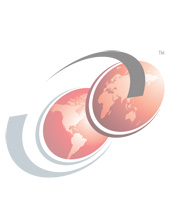Abstract
Your integration environment plays a key role in allowing solution components to communicate using their native mechanisms and protocols. The business scenario in this Solution Guide is an example of the variety of technologies that can be used for integration.
The modern IT world shows a rapid change in application integration and systems development. With this rapid change, organizations have to shorten delivery times, reduce the cost of software and mobile application development, and maintain the quality of product offerings. Although these objectives are occasionally conflicting, each is a high priority. Application Lifecycle Management is a methodology that enables you to meet these objectives.
This IBM® Redbooks® Solution Guide describes the use of the Application Lifecycle Management methodology to manage how to build business applications that use a number of IBM products. These include IBM WebSphere® Application Server, IBM WebSphere Message Queing (MQ), IBM Integration Bus, IBM Business Process Manager, IBM Operational Decision Management, IBM Worklight®, and IBM UrbanCode™ Deploy. Primary users for this information are those involved with systems development and applications integration.
Contents
Others who read this also read
Special Notices
The material included in this document is in DRAFT form and is provided 'as is' without warranty of any kind. IBM is not responsible for the accuracy or completeness of the material, and may update the document at any time. The final, published document may not include any, or all, of the material included herein. Client assumes all risks associated with Client's use of this document.
